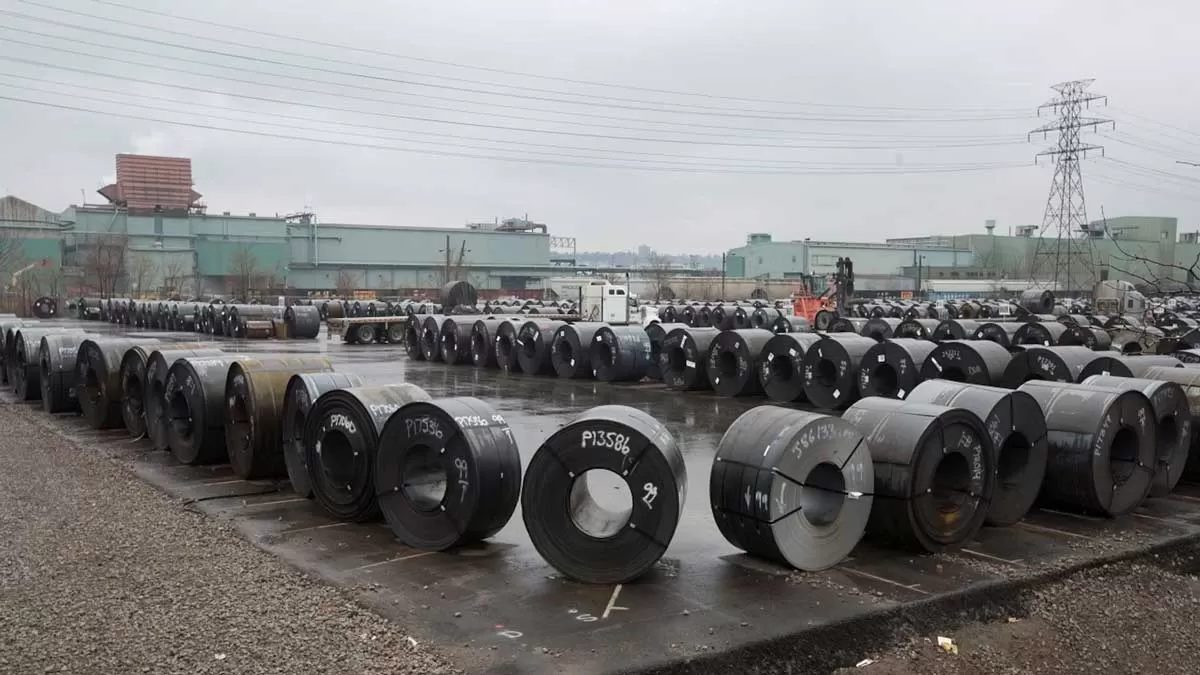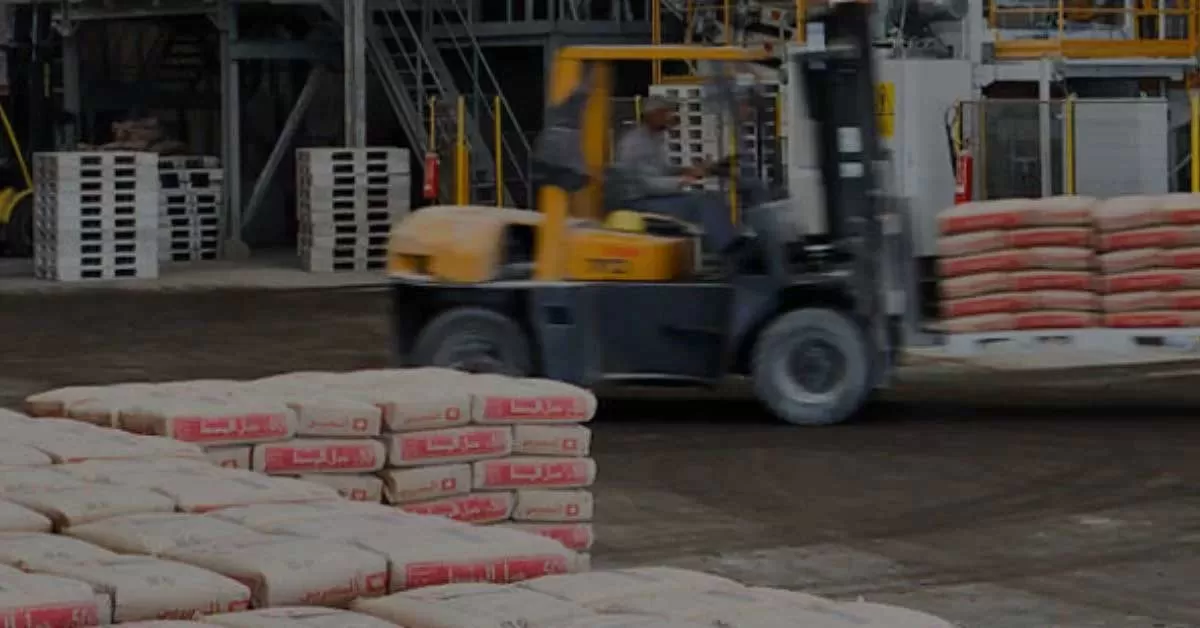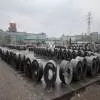Privately operated trains sound like a great idea, but what price will the extra efficiency extract in terms of price, maintenance, and infrastructure? In the lack of oversight and leeway to the private bidder, the plan looks flawed, Sudhanshu Mani tells us.
________
Early last year, Indian Railways (IR) announced an ambitious plan to privatise 109 origin-destination (O-D) pairs of trains, forming roughly 5% of existing Mail and Express trains over 12 clusters. The model looked good on paper with IR standing to gain more revenues without investments, PTOs to make reasonable profits and passengers to get better travel experience.
Among the avowed objectives declared by the Ministry of Railways (MoR) were:
-
Induction of modern technology
- Reduced maintenance intervention of 40,000 km/30 days
- Reduced transit time
- Enhanced safety
- World-class travel experience to passengers
- Reduction of demand supply deficit in the passenger transport sector
- Bringing in private investment to the tune of Rs 30,000 crore into the rail sector
The bidding process started in July 2020. The model proposed a concession period of 35 years with the concessionaire (termed PTO, Passenger Train Operator). Per the bid norms, a PTO would be required to induct their own train, pay fixed haulage charges for path, stations, access to railway infrastructure and charges for electricity consumed and share revenue with IR to be decided by competitive bidding.
The conditions would be stringent with the PTO contracted to ensure 95% punctuality and not more than one failure per lakh kilometres of travel and commitment to improved on-board services like cleanliness and catering. The trains brought in by a PTO would be required to clear tests and trials to validate rolling stock operation by IR before introduction. IR would provide the driver and the guard and use all its fixed infrastructure except maintenance, for which the facilities would require to be created by the PTOs.
Uninspiring track record
The first among the goals (above), technological induction, has been termed a quantum leap. Improved punctuality would ensure that only trains designed for faster acceleration and deceleration and reduced requirement of maintenance be introduced. Given that the infrastructural upgradation by IR to support higher speed capability is some time away, if at all, this can be achieved only if train sets are deployed. This in itself is a welcome sign, since IR has been a big laggard towards this technological upgradation, barring the spark of Train 18 (India’s first engineless train) in 2018-19.
The exercise has since been going through chops and changes and huffing and hawing, primarily due to the apathetic attitude of IR. Bids against Request for Proposal (RFP) have been called and the last date of submission is 31 March 2021. Submission of a competent and viable bid would involve working out a financing plan, selection of rolling stock and then preparing a detailed commercial analysis to work out the proposed percentage of revenue-share.
For economies of scale in terms of the rolling stock, a prospective PTO must bid for at least two clusters and thorough commercial analysis of each would require approximately a month. Given that serious dialogue between prospective bidders and the manufacturers of rolling stock is still at a very preliminary stage, an extension of the date of submission to the middle of the year appears to be a sine qua non. I hope the mandarins in the MoR realise this.
Look at the dilemmas of the prospective PTOs: On one hand, the project is so modelled that there was no risk for IR, except loss of face in case of failure of the project. On the other hand, a prospective PTO has to contend with high investment and operation risks. As the first step towards a viable and vibrant private train operation in India, PTOs want to be a part of this growth story in the making, with the strategic vision of entering, as early birds, in a field which holds promise for the future. However, IR is not helping them as much as they should to make the project as risk-averse as possible to bring in prospective bidders.
Clear gaps remain
As of today, clear gaps remain between what the prospective PTOs wish to be changed in the bid documents and what IR is willing to concede. Some of these important issues are:
-
The issue of absence of an independent regulator.
- A PPP contract of this nature, being tried out for the first time, should not be unyieldingly spread over 35 years; a 24-year contract is more reasonable.
- Freedom to the PTO to choose the train’s departure or arrival time as well as the origin and destination within a city based on the PTO’s estimation of the preferences of passengers. Retention of exclusivity to a PTO till the occupancy reaches 95%. Instead of penalising a PTO for good performance, they should be incentivised.
- PTOs should be given some flexibility to choose the routes of operation within a band of 70% to 100% of the prescribed routes in a cluster.
- The exit clauses and penalties should be tweaked; no PTO would like to exit after investing in rolling stock, an investment that cannot be salvaged easily in an exit situation.
- The fares of IR are telescopic as the distance travelled increases, and that being the prevailing market norm, the prospective PTOs would also require to keep their fare structure conforming to this. In such a scenario, the haulage charges per kilometre should also be made telescopic, ie, reducing as the distance travelled increases.
Assuming that the entire exercise by the Railways was not about first boiling the ocean and then blamestorming, but hopefully more like doing nothing by halves, one hopes that better sense would prevail and IR would address the genuine concerns of the bidders. It is a good initiative for the country and should not be allowed to derail due to the babudom of IR. After all, at stake is not merely this project but credibility and allure of IR, both from the standpoints of ease of doing business and long-term PPPs into the future.
Author: Sudhanshu Mani is a retired General Manager at Indian Railways, and led the project of Train 18, India’s first engineless train.
Image: There are many blurry points in the private train operation plan.
Also read: Private train operations: GMR, L&T, Welspun to participate in RFP
Also read: Once the key team members realised they were part of a project that would break the mould of decades and catapult our organisations to a new league, the rest followed


















